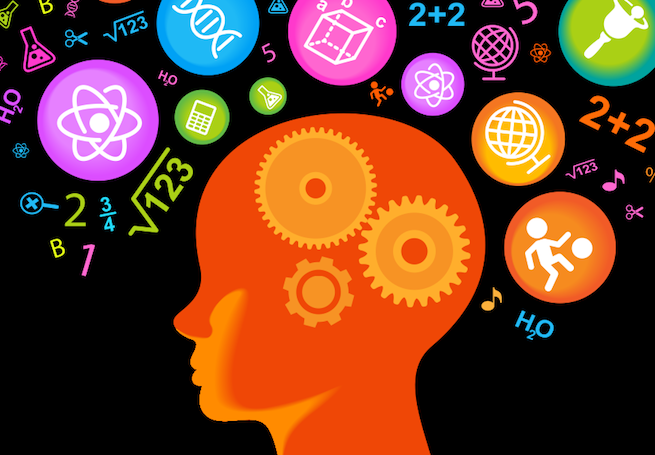Our memories are seemingly random. Why do we retain certain facts and not others?
[aditude-amp id="flyingcarpet" targeting='{"env":"staging","page_type":"article","post_id":587638,"post_type":"story","post_chan":"none","tags":null,"ai":false,"category":"none","all_categories":"big-data,business,cloud,enterprise,","session":"A"}']For centuries, neuroscientists and academics have struggled to pinpoint the “optimal moment of review,” the moment in which we’re most likely to memorize information. As it turns out, the best time to review a fact is the second or two before we’re bound to forget it.
The problem is that calculating this moment for a vast stream of information that we encounter at different times is impossible for the human brain. But a computer can do it.
AI Weekly
The must-read newsletter for AI and Big Data industry written by Khari Johnson, Kyle Wiggers, and Seth Colaner.
Included with VentureBeat Insider and VentureBeat VIP memberships.
Launching in beta to consumers today, Cerego is a memory management company that spun out of a privately-funded think tank. The cloud-based technology was developed over the course of a decade by a team of neuroscientists and tech entrepreneurs with a mission to improve the efficiency of the human learning process.
“Our system speaks to the semantic memory: how to store information and take it out,” said Andrew Smith Lewis, Cerego co-founder and executive chairman, in a phone interview. “We can figure out precisely what you know and don’t know.”
Lewis said the long-term goal is for the technology to be ubiquitously used in school and our professional lives, and it’s available to consumers for free. To that end, Cerego competes with Mindsnacks, a San Francisco-based company that makes popular mobile learning games.
The company has received a total of $28 million in funding from private individuals. Advisors include Sun Microsystems founder Scott McNealy and Joi Ito, director of the MIT Media Lab.
Cerego has been in business since 2000. With today’s beta launch, its founders are positioning it as an ed-tech company — it’s a business-to-consumer play. However, thus far, they have received the bulk of their revenues from businesses. In Japan, businesses have been using an earlier version of the technology for years to help employees learn English. Yahoo Japan is a partner, and Softbank is the largest client, with 20,000 employees on-boarded to the system.
[aditude-amp id="medium1" targeting='{"env":"staging","page_type":"article","post_id":587638,"post_type":"story","post_chan":"none","tags":null,"ai":false,"category":"none","all_categories":"big-data,business,cloud,enterprise,","session":"A"}']
Cerego makes money by charging corporate users for access to its tool, which is effective for the purposes of professional development. Lewis said the company is experimenting with new revenue models like a subscription-based system (users will be charged to access premium “power-content” on the site), and by inviting third party publishers to contribute to Cerego’s database for a small fee.
Keen to pick up a new skill? Click here for immediate beta access, then sign in with Facebook or Twitter, and sample some of these cool courses:
- Wine Tasting Terminology: http://cerego.com/goals/720304
- American Sign Language: http://cerego.com/goals/719993
- Espresso Brewing Terminology: http://cerego.com/goals/720258
- Brain Anatomy: http://cerego.com/goals/720155
Check out the video on how it works here.
Brain image via VLADGRIN // Shutterstock
[aditude-amp id="medium2" targeting='{"env":"staging","page_type":"article","post_id":587638,"post_type":"story","post_chan":"none","tags":null,"ai":false,"category":"none","all_categories":"big-data,business,cloud,enterprise,","session":"A"}']
VentureBeat's mission is to be a digital town square for technical decision-makers to gain knowledge about transformative enterprise technology and transact. Learn More

